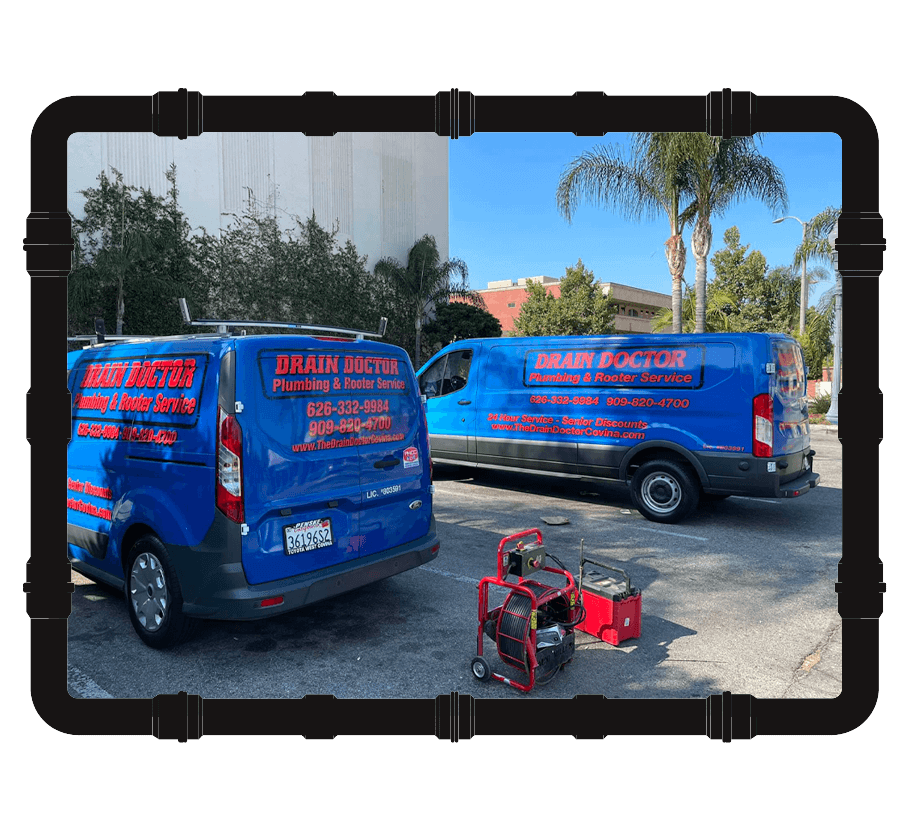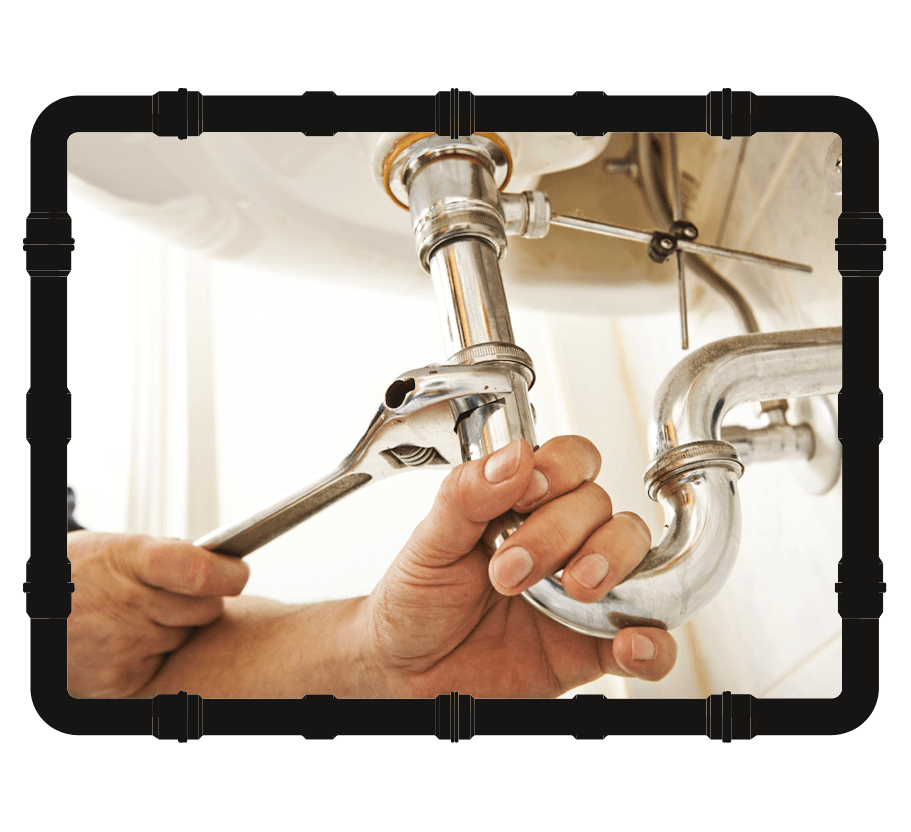Drain Doctor Plumbing & Rooter is the plumbing contractor you should trust for water treatment in Glendora, CA. Our plumbers hold certifications from the state license board to provide water softener installation services. If you’re looking for professional water filtration services for your home, we’re your best option.
Water Filtration & Softening System Installation in Glendora, CA
Call us today to learn more!


Water Treatment in Glendora
According to periodic reports from the city’s water division, tap water is safe to drink. It meets all the standards of the Safe Water Drinking Act; however, this doesn’t mean it tastes great. The odor and taste of tap water depend on the maximum contaminant levels (MCLs).
The public health goals of water disinfection do not always translate into the most palatable water. Chlorine and chloramine are vital for eliminating harmful microorganisms, but they often leave an unpleasant taste and odor. This is more noticeable when heating water to make gourmet coffee and brew fine tea. When preparing meals with tap water as a main ingredient, you don’t want a chemical flavor to ruin the recipe.
There’s also the issue of mineralization in municipal water. High levels of dissolved minerals such as calcium and magnesium cause the “hard water” effect. This results in scale buildup, the chalky residue that sticks to faucets, showerheads, water heaters, coffee makers, and other household items.
The effects of hard water extend to bathing and doing laundry. With hard water, you don’t get a nice lather while showering; instead, you get soap scum forming on the tiles. Your laundry detergent may not be dissolving as it should, thus leaving your clothes stiff upon drying.
- Scale buildup
- Soap scum
- Cloudy drinking water
- Odd tasting water
- Dry skin and hair
The best solution for dealing with hard and unpalatable water at home is to install a treatment system. We can install a whole-house filtration system to remove chemicals, sediments, and impurities that make your water taste strange. The treatment mechanism consists of active carbon filters to eliminate contaminants.
You can also opt for a point-of-use filtration system in the kitchen to deliver tasty water for drinking and cooking. Reverse osmosis systems are also effective for water filtration, utilizing a semi-permeable membrane mechanism.
Water-softening solutions include salt-based and crystallization mechanisms. The former use potassium chloride to exchange hard minerals for soft ions, thus making the water “softer.”
You can also choose a salt-free mechanism that changes the molecular structure of minerals through crystals. With this softening solution, the calcium and potassium molecules lose their sticking properties.
Professional Water Softener Installation
A water filtration installation can make a significant difference in your home. If you want to improve the taste of your water for drinking and cooking, filtration is the way to go. If you are getting white spots on your laundry and dealing with scale buildup, you need a water softener.
Our company has been installing these systems for over a decade. We take pride in delivering the best installations in our service area. We are a family-owned business with numerous positive reviews and testimonials available on our website.
Get more information about water treatment solutions in Glendora; contact Drain Doctor Plumbing & Rooter and request an estimate today.
Contact Our Specialists
©2025 Drain Doctor Plumbing & Rooter. All Rights Reserved. License: #803591. Privacy Policy. Terms of Service. Internet Marketing by RYNO Strategic Solutions

